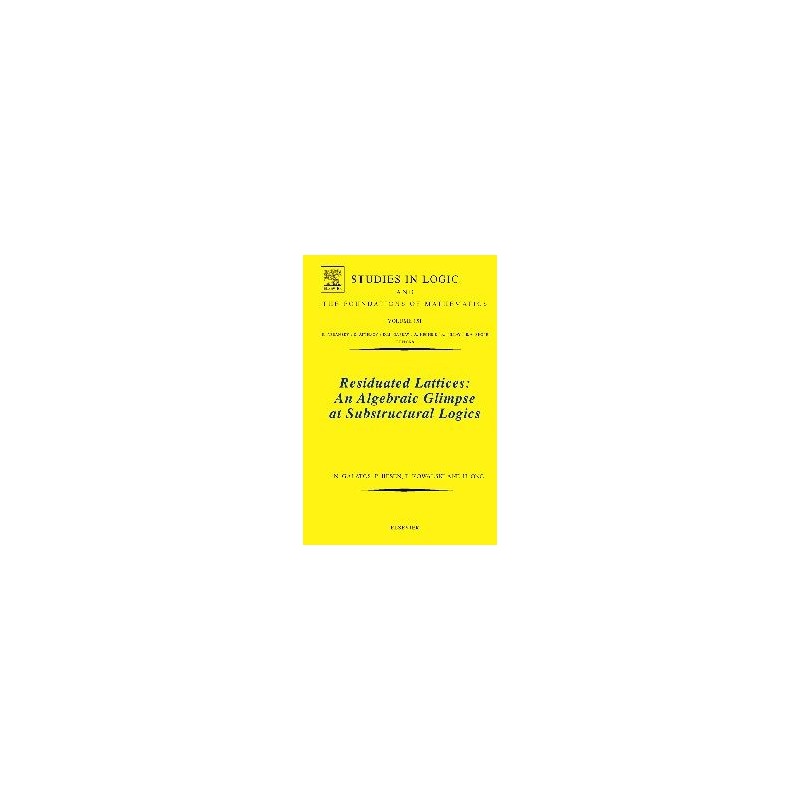- Obecnie brak na stanie



Brak towaru
Moduł GPS z układem u-blox ZED-F9R. Wykorzystuje technologię Automotive Dead Reckoning (ADR). Zapewnia bardzo dokładną i ciągłą pozycję poprzez połączenie czujnika 3D IMU, modelu dynamiki pojazdu, danych korekcyjnych i pomiarów GNSS. SparkFun GPS-16475
Brak towaru
Wyświetlacz LCD 4x40, 190x54mm, LED backlight (WHITE), NEGATIVE BLUE
Brak towaru
Zestaw do budowy laboratorium elektronicznego opartego na płytce TotemDuino oraz module rozszerzającym LabBoard. Jest znakomitą platformą do przeprowadzania eksperymentów, nauki elektroniki i programowania Arduino. Totem TKM-ML1
Brak towaru
Zmontowany sterownik androidowy z FT311D. AVT5575 C
Brak towaru
Traktor UGEARS to połączenie edukacji i zabawy, oferujące nie tylko radość z samodzielnego montażu, ale i satysfakcję z obserwacji działania mechaniki bez użycia nowoczesnych technologii. UGears 70003
Brak towaru
Moduł z czujnikiem jakości powietrza CCS811 umożliwiający pomiar stężenia dwutlenku węgla (CO2) oraz lotnych związków organicznych (VOC) w powietrzu. Komunikuje się przez interfejs I2C. DFRobot SEN0339
Brak towaru
Brak towaru
Zestaw rozwojowy oparty o układ MediaTek MT7622 z 64-bitowym dwurdzeniowym procesorem ARM Cortex-A53. Wyposażony został w 1GB SDRAM, 8GB pamięci eMMC oraz liczne złącza i interfejsy takie jak SATA, Ethernet, gniazdo microSD i Host USB 3.0. Zestaw tworzy router, który może działać na różnych systemach operacyjnych typu open source, w tym OpenWrt i Linux. Banana Pi BPI-R64
Brak towaru
Brak towaru
Brak towaru
Przenośny oscyloskop tBook mini z 8-calowym wyświetlaczem LCD oraz ekranem dotykowym. Posiada cztery kanały pomiarowe oraz charakteryzuje się dobrymi parametrami pomiarowymi: pasmem 100 MHz, szybkością próbkowania 1 GSa/s oraz buforem pamięci 28 Mpts. Micsig TO1104 Plus
Brak towaru
Brak towaru
Naklejka z tagiem RFID dla systemów pracujących z częstotliwością 125 KHz. Daje możliwość odczytu i zapisu numeru ID
Brak towaru
Brak towaru
ARM7TDMI, 256kB Flash (ISP), 58kB RAM, USB 2.0, 2xCAN, 4xUART, 3xI2C, SPI, 2xSSP, 10-bit ADC, 10-bit DAC, Ethernet 10/100, I2S, LQFP100
Brak towaru

